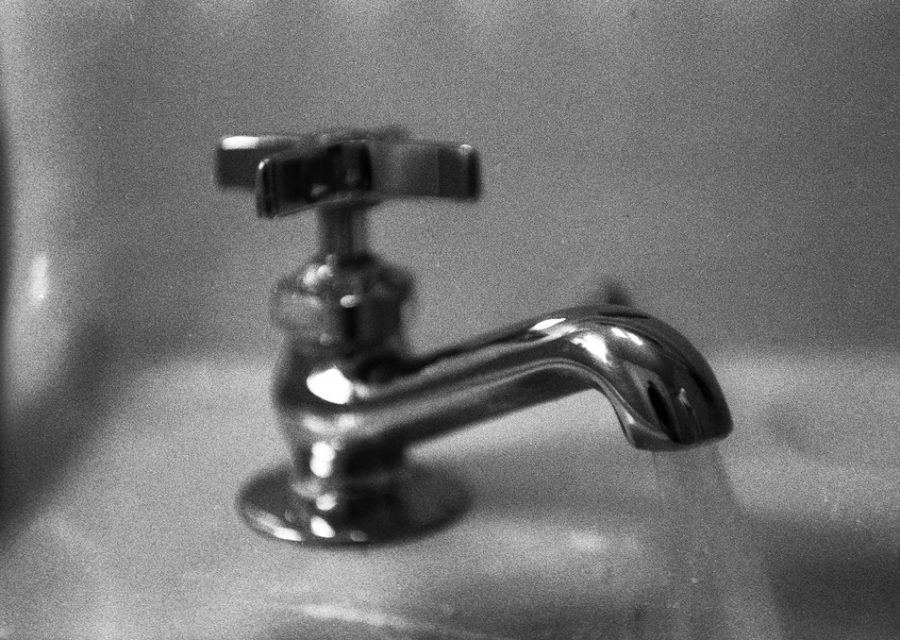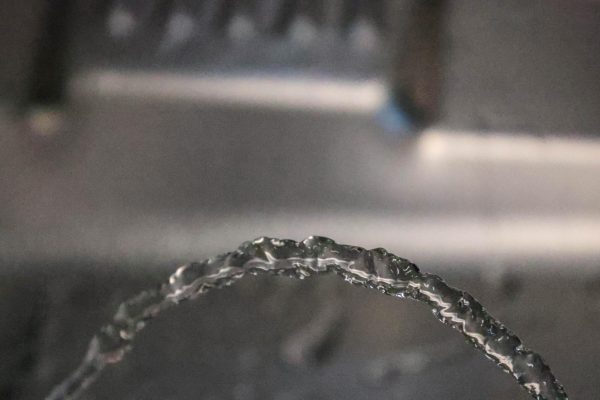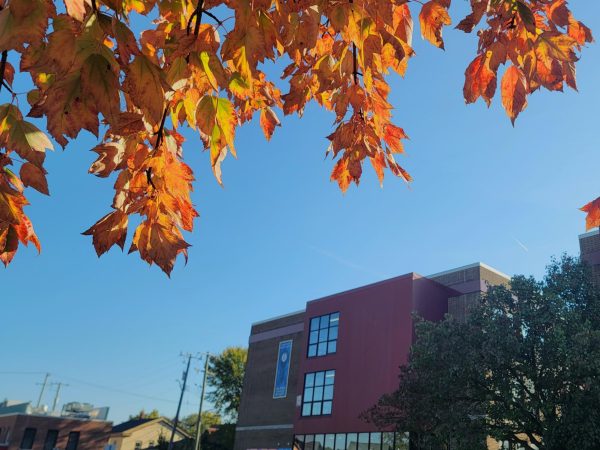There’s something in the water… it’s lead
Ann Arbor is a city with beautiful rivers, sprawling forests, good public schools… and water with lead in it?
In 2017, many of the Ann Arbor Public School’s (AAPS) water sources were tested. What was found was shocking: most of the district schools had at least one water source with a higher amount of lead than the EPA action level —15 part per billion. This means that most Ann Arbor public schools have at least one water source with a potentially dangerous amount of lead in it.
Even through this test was done during 2017, the story didn’t break until September 28, when MLive posted an article called “Lead Levels in Water at Ann Arbor Schools Spark Concerns” which contained the recorded levels of lead in each school. Eric Hughes, a senior at Community High School (CHS), read the article and soon became worried.
“It’s very disturbing, honestly,” Hughes said. “I know a lot of people who bring a bottle of water with them to school and just drink out of that the whole day. I’ve never been one of those people; I always just use the drinking fountains, [but] I’m trying to sort of rework my system and find a different way to get water without having to rely on fountains at school.”
Not every water source at every Ann Arbor school has had high detectable amounts of lead. At CHS for instance, only one out of the twelve water sources checked had lead levels above the EPA action level. Seven of the water sources had no detectable lead at all, and the other four all had relatively very low amounts of lead.
Any contaminated water is a reason to worry for many parents who want their child’s water completely lead-free. Teacher and parent Courtney Kiley shared this sentiment: “For my daughter who is at Eberwhite, where I think there was one bad sink, I just fill her water bottle up at our house and send her in with a fresh bottle of water everyday. I’m more concerned about my kids than myself obviously.”
Kiley is doing her best to be cautious but is also trying not to frighten her kids over something that might not affect them:
“I just tell her, ‘make sure you drink all of this, Kiley said of her daughter at Eberwhite Elementary School. “I’m not freaking her out by saying don’t drink the water at school, because it’s fine, but if she went to some of the other schools, maybe I would…”
At a school board meeting on September 26, 2018, Jenna Gillmore Sendra, a representative of Arch Environmental (AAPS’s partners who conducted the water samplings) explained why some of the sampling done during the summer of 2017, specifically the Burn’s Park school’s 320 ppb sample, might be higher than they should be.
“Some locations when they are stagnant for periods of time can have high results. We have seen this in many districts where it’s one location it’s been stagnant possibly, it was stagnant before school ended. That one, (the Burnes Park sample,) is in room 304 it is possible that it never gets used in that classroom. Often times, when we do see this, we recommend at the time that this be a location that needs to be flushed more often.”
Later, on October 10, 2018, AAPS posted a Youtube video detailing the steps they are taking to ensure safer water. In this video, Superintendent Jeanice Swift re-affirmed the importance of making sure we have the lowest possible amounts of lead in our public schools. She followed parts of the Ann Arbor Public Schools 10 point “Next Step” Plan detailed down below.
Despite the school districts actions, Courtney Kiley voices what many of us in the school district are thinking: ”If there has been a water source that has been giving bad results, it needs to be fixed. That’s a no brainer; you can’t be exposing children to lead.”
Ann Arbor Public Schools 10 point “next step” plan. From www.a2schools.org
- Install water bottle filling stations with lead filters in all our AAPS schools and encourage students and staff to use these as preferred locations to obtain drinking water.
- Continue the flushing of all water systems following school breaks, such as summer, Thanksgiving, winter break, and spring break.
- Conduct an inventory of all drinking water sources to ensure attention is paid to all fixtures across the district.
- With the Fall, 2018 water testing cycle, increase the number of locations tested in each school, particularly in all preschool, elementary, and K8 locations.
- Implement appropriate remediation activities for locations measuring >10ppb across the district. This step will place the AAPS ahead of the State of Michigan adjustment to >12ppb scheduled for 2025.
- Additional attention will be given to fixtures that test between 5 and 10ppb that may include flushing and retesting and other steps to be determined.
- Education for students, staff, and parents: along with other communities with aged infrastructure around the country, we all face the possibility of consuming lead in our homes or anywhere we go. Through this website, we’ve provided parents with educational materials from the CDC and the EPA with best practices for minimizing exposure to lead in many environments.
- Install signage in low priority locations, such as bathroom sinks, custodial closets, etc. to advise that water in these locations is not for consumption.
- Add Testing for Lead Drinking Water Program Information as an Annual Report to the Board of Education (as was done in 2016), to ensure the Board and community receive this information updated directly each year.
- As we have done since spring, 2016, we will continue to Post Results of Lead Drinking Water Testing on the AAPS website.









